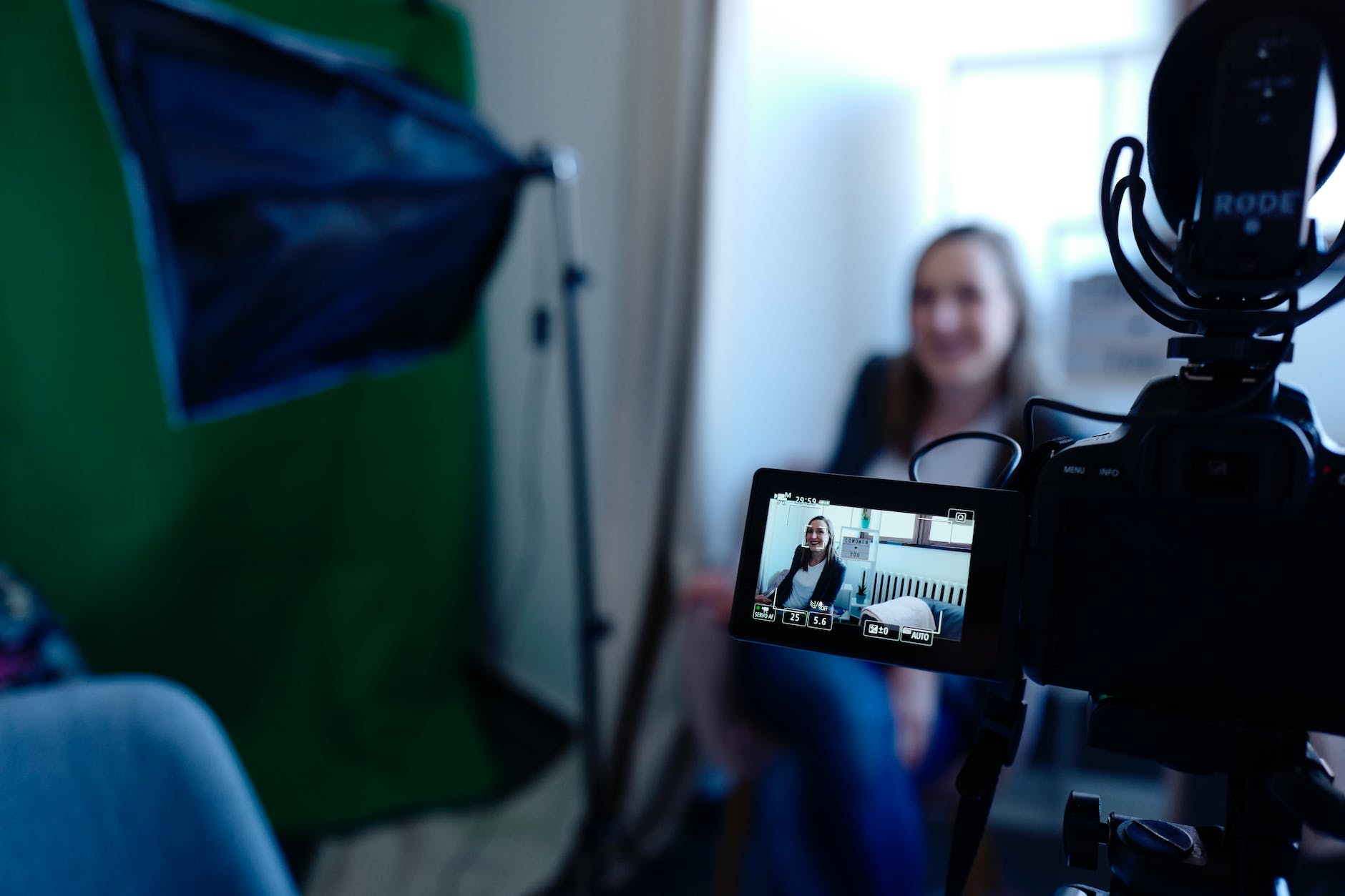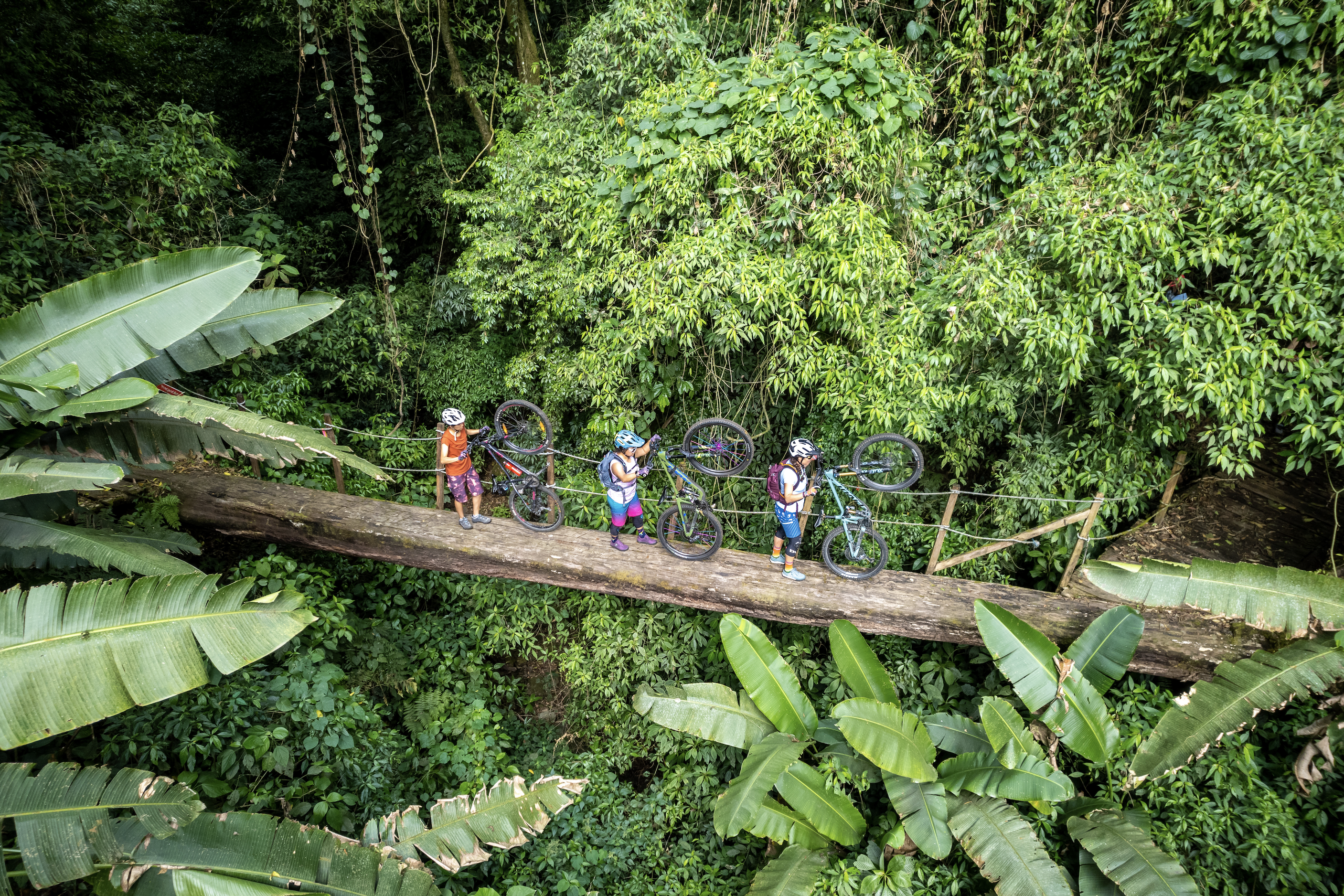In the modern corporate landscape, data is often hailed as the new gold, a currency that keeps businesses ahead of the curve that continues to move at breakneck speed. People build empires, disrupt economies, mold futures, and topple the most concrete of traditions with it. We make movies about the pioneers who harness it.
For better or for worse, data has become a more precious resource than oil, which is why big corporations spend millions of dollars collecting it. Yet, for many organizations, the challenge lies not necessarily in collecting and understanding the data, but in making it genuinely useful in the ways such a resource has the potential to be. Why, you ask? Because data is inherently one very bad-for-business word: boring. Yikes.
Enter the traditional data presentation: a scene characterized by uninspiring PowerPoint slides and tedious seminars, often falling short in engaging today’s content-raised audiences. This is where the Research team over at CuriousityCX, led by visionary researcher and delightfully out-of-the-box thinker, David Fish, stepped in to finally change the game with a new presentation style in the form of edutainment. See how this works in the short video below:
So what exactly is wrong with the old way? And how does the new way solve these problems? In this article we’ll discuss the 5 major problems plaguing the standard PowerPoint Presentation most researchers use to discuss data, and how CuriosityCX flipped the script (literally) to tackle each issue. In the following we’ll discuss how:
- PowerPoints “tell”, documentaries “show”
- Data is often siloed, film is holistic
- Cost Effectiveness – traditional presentations are a leaky bucket, documentaries are a cargo ship
- Film presentation creates cultural alignment within a corporation
- Film provides a visual anchor to foster meaningful conversation
1. A “Show, Don’t Tell” Approach: Curiosity understood that data needed a new voice, a fresh perspective, and a vibrant presentation style. In this documentary project, we turned static data points into an engaging conversation of diverse voices, allowing the audience to hear directly from those the data represented—a “show, don’t tell” approach that transformed the data into a compelling narrative.
This fresh approach did not come without obstacles, however:
We had a particular segment within the documentary where our entire group of interviewees was in near consensus about this one trend we were researching being a really, really terrible idea. We walked away from each interview remarking on how passionately against this concept people from all over the spectrum seemed to be, and knew that it was crucial insight to include in our doc. (The project in question is obviously confidential so unfortunately I can’t show you the actual segment, which is a shame because believe me, if I could, you’d be just as passionately against this emerging trend as everyone else…)
This insight became a turning point in the documentary’s creation. We knew it was going to be a pretty hard pill to swallow for the teams who were ultimately paying for the research we were conducting, who were also excitedly working to rapidly adopt the controversial concept. You see the dilemma?
And this is exactly why presenting such data and insight the way Dave chose to do so is so important. Standing behind a podium and saying “98% of people questioned about (X) said they hated it” to a room that may or may not be half asleep to begin with doesn’t quite have the same emotional spice as watching 2 minutes worth of real people with different faces, voices and mannerisms all colorfully expressing just exactly why they hate (X). It’s easy to ignore, or explain away, a faceless number on a page; it’s hard to ignore a real person standing in front you.
To present this delicate matter, we knew we’d have to do it in an honest, yet lighthearted manner, so we compiled a quick succession of the negative responses and comically sour facial expressions, all booing the idea, overlaid with playful music (to soften the blow, you know?). The unexpected twist? The segment got a huge laugh from the audience, and sparked extensive post-film discussions, even prompting some of the engineers currently working on (X) to admit they were relieved to hear that people didn’t like the concept, because they themselves didn’t care for it much, either. While others shared a desire to adjust the concept to meet customer expectation, something every giant corporation is ultimately trying to do (and, incidentally, why they pay so much money to find out what that is…)

2. Breaking Down Data Silos: One of the critical achievements of this documentary was its ability to break down the silos that often plague large corporations. By gathering all internal teams in front of the same film, CuriousityCX ensured that everyone received the same information directly from authentic voices.
Because each team in the company watched the same film, the holistic understanding of how they all worked together was highlighted. Following the film, there was a surprising amount of discussion between the teams on how what one team was doing affected the success or failure of the other team —a common and painful theme among companies of this scale.
The documentary’s visual storytelling encouraged lively, engaged, and genuinely curious discussions between teams. The result was a sense of unity and a shared vision, as each team recognized its role in the larger corporate landscape.

3. Cost Effectiveness: A Cargo Ship vs. a Leaky Bucket: Imagine data as a vast ocean. Traditional presentations are like leaky buckets attempting to capture this valuable resource, resulting in data being lost and wasted. Curiousity’s documentary, however, is akin to a state-of-the-art cargo ship, efficiently transporting every drop of data to its destination. The investment in this cargo ship ensures that data is not only collected but also utilized effectively, making it truly worth every dollar spent.
This was a particularly big win. It’s easy to argue with a whiteboard; it’s harder to argue with a human. Resistance to change often stems from a lack of conviction in the importance of new ideas. The documentary approach, featuring real people speaking passionately about their wants, needs, and frustrations, had a profound impact. It engaged the audience in ways that traditional presentations couldn’t, sparking conversations, understanding, and even laughter.
4. Fostering Cultural Alignment: Through their documentary, Curiousity influenced a cultural shift towards a more data-driven decision-making approach. Teams started to embrace the value of humanized data and were more receptive to implementing findings in ways that felt more personal and relevant.
With this style, we were also able to create shorter cuts of each topic discussed, sending those condensed videos out to only the teams that would benefit from each unique segment and not overloading them with the information meant for different teams, for them to play back as needed. This way they were able to explore and implement the findings more quickly and efficiently.
5. The Power of Data Visualization: Visual storytelling was at the core of our presentation’s success. The documentary’s visual aspect—real people discussing real problems and visions, in their homes, at work, and simply living their lives—captivated the audience. As mentioned, it humanized complex data and encouraged diverse teams to engage in meaningful discussions by giving them an anchor of shared visual elements to point back to.
This was the entire point of choosing to create a documentary over a PowerPoint. The visual aspect of watching real people discuss real problems and visions for the future was incredibly compelling. We had 36 different people of varying backgrounds, locations, and worldviews all sharing their hopes and struggles with us, as if we were all sitting at a dinner table having an interesting conversation.

Conclusion:
Curiousity’s innovative documentary project, with Dave Fish at the helm, demonstrates that there’s a more effective and engaging way to present data. By breaking down data silos, engaging teams in a “show, don’t tell” approach, and fostering cultural alignment, they have set a new standard for data presentation in the content-hungry 2020s.
As your business or corporation seeks to maximize the value of your research and data, consider the lessons learned from this case study and revolutionize your approach. Say goodbye to the old, ineffective methods that bore audiences to tears, and embrace the power of storytelling that fosters action and collaboration in your data presentations. Your valuable data deserves it, and so does your audience (and ultimately, your consumer).
Ashley Hayes
Ashley Hayes is an award-winning creative director and filmmaker specializing in documentary and corporate storytelling videos that engage, educate, and inspire action.
Related Posts
September 11, 2024
Top Videography Services in Northwest Arkansas
Sticky
Whether you need event coverage, corporate videos, or creative video solutions,…
November 4, 2019
Understanding Video Production Costs: What You Need to Know
Sticky
"Understanding video production costs is key to successful project planning.…
March 1, 2014
From Wings to Wheels – A Fun Look at Trippool
Sticky
From Guatemala to Nepal, and New York to San Juan, we've seen a lot and love to…
December 11, 2023
A Deep Dive Into A Successful Video Ad Campaign
Running a successful ad campaign takes a lot of moving parts and pieces -…
November 22, 2023
Sometimes Working for Free Can Pay Really Well.
A short tale of how following a passion, having fun, and working for free…
November 4, 2023
LIBERTAD! A mountain bike documentary by Trippool Media + Hilary Lex Treks
January 2023, Guatemala, and an entire lifetime of building the creative and…






